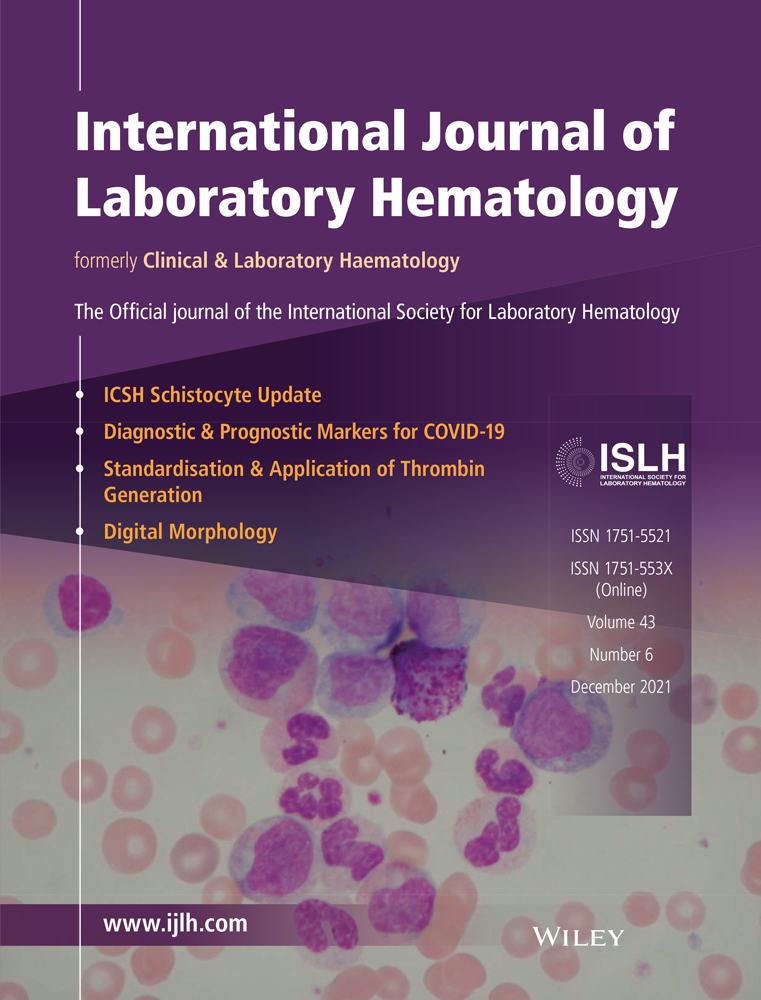Conformation sensitive gel electrophoresis for the detection of calreticulin mutations in BCR-ABL1-negative myeloproliferative neoplasms
Nur Atikah Zakaria, Norfifiana Alisa Rosle and Mat Jusoh Siti Asmaa contributed equally to this study.
Abstract
Introduction
Calreticulin (CALR) mutations in myeloproliferative neoplasms (MPN) have been reported to be key markers in the molecular diagnosis, particularly in patients lacking JAK2 V617F mutation. In most current reports, CALR mutations were analysed by either allele-specific PCR (AS-PCR), or the more expensive quantitative real-time PCR, pyrosequencing and next-generation sequencing. Hence, we report the use of an alternative method, the conformation sensitive gel electrophoresis (CSGE) for the detection of CALR mutations in BCR-ABL1-negative MPN patients.
Methods
Forty BCR-ABL1-negative MPN patients’ DNA: 19 polycythemia vera (PV), 7 essential thrombocytosis (ET) and 14 primary myelofibrosis (PMF), were screened for CALR mutations by CSGE. PCR primers were designed to amplify sequences spanning between exons 8 and 9 to target the mutation hotspots in CALR. Amplicons displaying abnormal CSGE profiles by electrophoresis were directly sequenced, and results were analysed by BioEdit Sequence Alignment Editor v7.2.6. CSGE results were compared with AS-PCR and confirmed by Sanger sequencing.
Results
CSGE identified 4 types of mutations; 2 PMF patients with either CALR type 1 (c.1099_1150del52) or type 2 (c.1155_1156insTTGTC), 1 ET patient with nucleotide deletion (c.1121delA) and insertion (c.1190insA) and 1 PV patient with p.K368del (c.1102_1104delAAG) and insertion (c.1135insA) inframe mutations. Three patients have an altered KDEL motif at the C-terminal of CALR protein. In comparison, AS-PCR only able to detect two PMF patients with mutations, either type 1 and type 2.
Conclusion
CSGE is inexpensive, sensitive and reliable alternative method for the detection of CALR mutations in BCR-ABL1-negative MPN patients.
CONFLICT OF INTEREST
The authors report no conflicts of interest. The authors alone are responsible for the content and writing of this paper.
Open Research
DATA AVAILABILITY STATEMENT
The data that support the findings of this study are available on request from the corresponding author. The data are not publicly available due to privacy or ethical restrictions.




